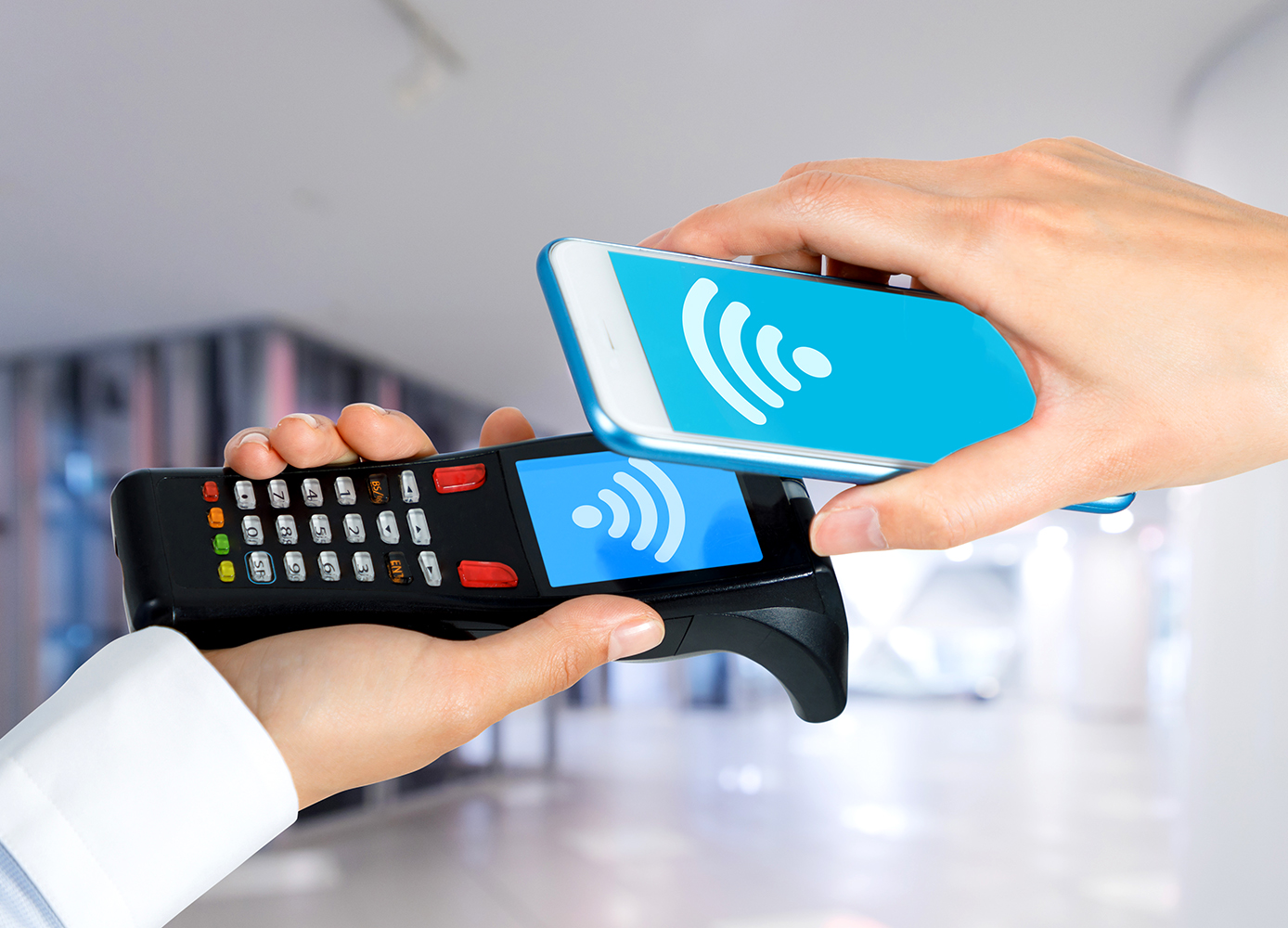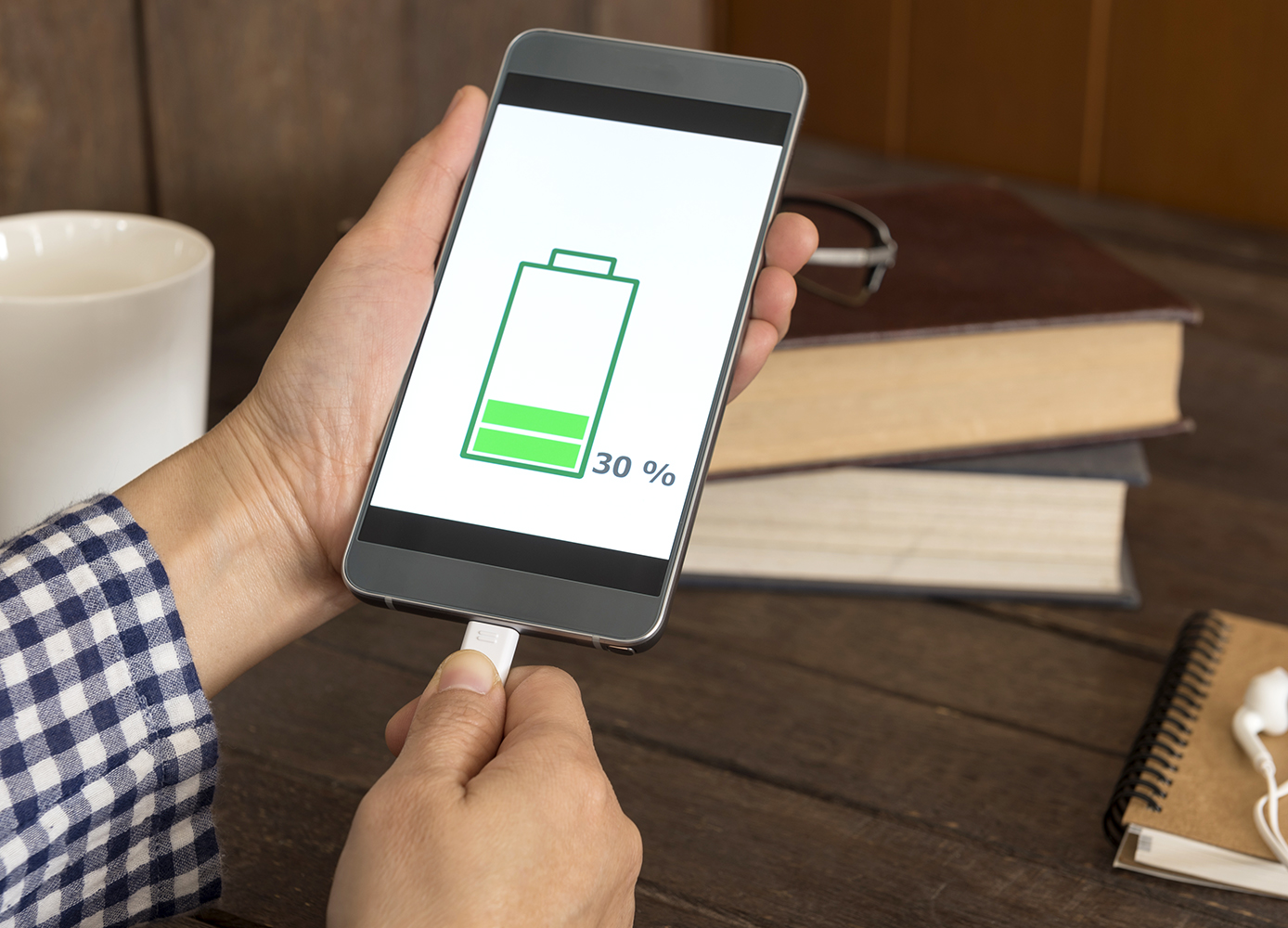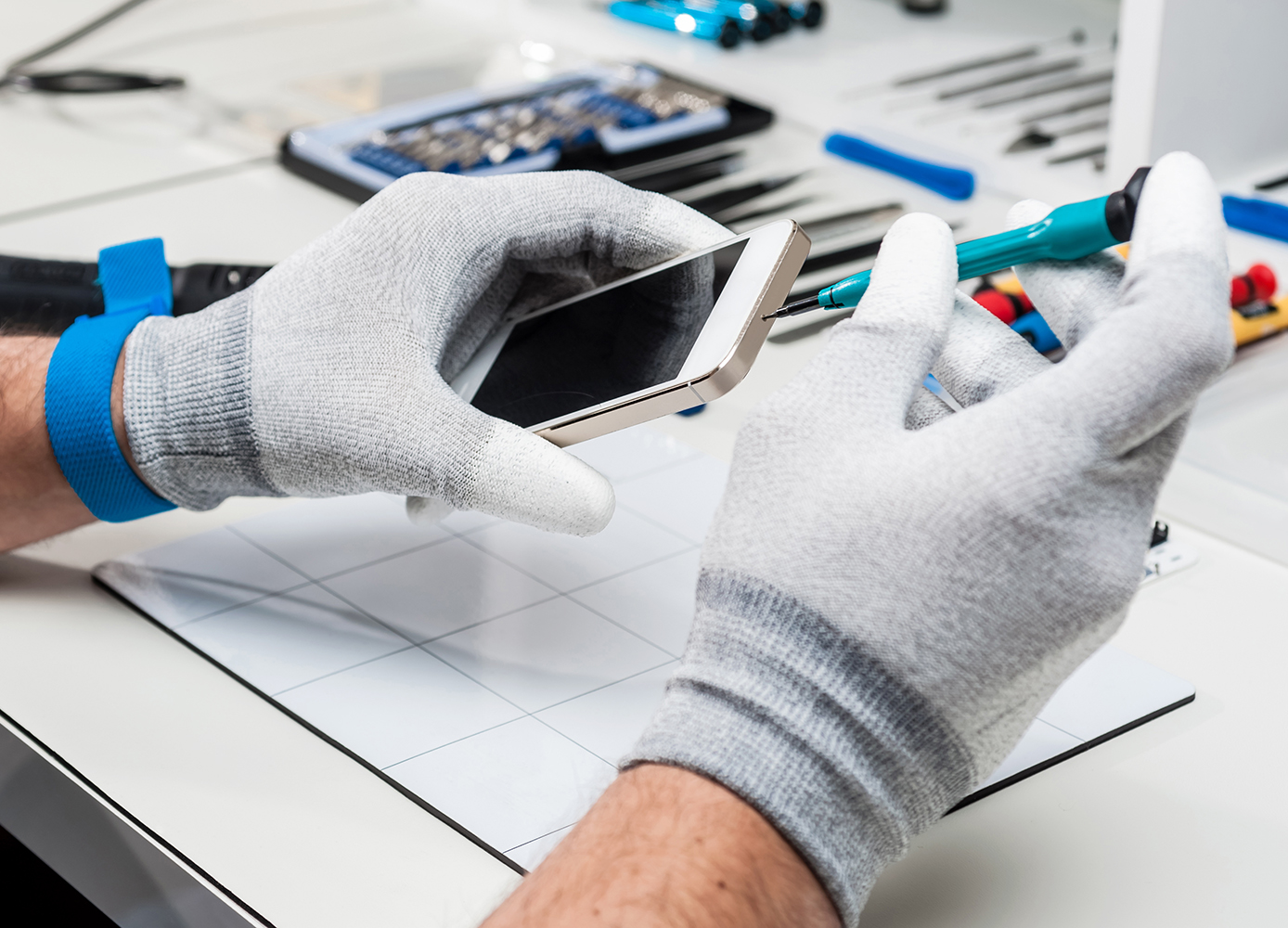With the rise of mobile payment apps, the debit card may soon go the way of the dodo
By Matt Smith
Smartphones have been replacing an ever-growing number of gadgets and gizmos, but you might not have expected your wallet to be one of them. On the verge of becoming mainstream, mobile payment—or mobile wallet—apps allow you to pay for purchases using your phone as you would a debit or credit card.
In fact, phone-based payments use the same technology that you’re already using when you tap your card to make a purchase. These cards rely on what’s called Near Field Communication technology—your card communicates with the vendor’s terminal via high-frequency radio waves. These transmissions are encrypted to keep your information safe and secure.
Mobile wallet apps work the same way but with added security measures. Instead of storing sensitive information on the phone itself, the app requests this from the bank every time a transaction is made. The bank responds with an encrypted code—called a token—to make the transaction happen. A new token is generated with every transaction.
What’s more, if your phone is password protected, it must be unlocked before it can be used to make a payment. Apple’s mobile wallet app (Apple Pay) takes this even further by requiring users to confirm each transaction using the iPhone’s built-in fingerprint scanner.
All this makes it difficult for would-be cyber thieves to steal your banking details at the checkout. To set up mobile payments, you need to input your card numbers when you first set up the app; while this doesn’t in itself pose much of a risk, it’s important to be mindful of the network that you’re using any time you’re banking online. Always make sure that you’re connected to a secure, trusted WiFi network when dealing with sensitive information online. For extra security, you might want to consider using a VPN service.
Photo: iStock/metamorworks.






